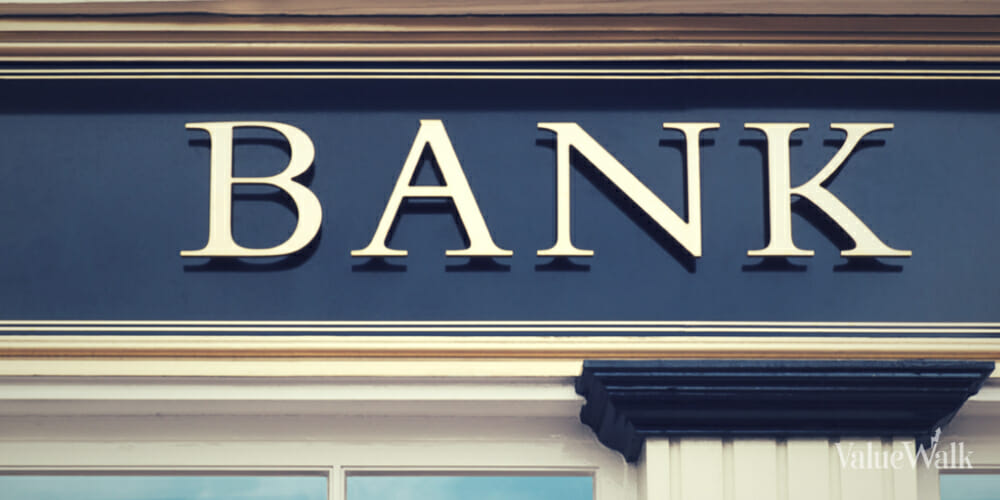Nine months ago, we took a look at how the PE-backed companies that went public in the US during 2016 were performing on the public markets. The results were promising.
Now, more than seven months into a new year, we have a much fuller dataset. And so far, at least, the 2016 vintage of PE-backed IPOs is only getting better with age.
We looked at a sample of 26 companies that went public on either the NYSE or the NASDAQ last year, comparing their debut prices with their stock prices at the end of trading on June 30. Here are the results:
Twenty of the 26 companies have experienced share-price increases since debuting on the public markets, including 12 that have jumped more than 40% and four that have more than doubled their market caps. The trend has been even more pronounced for the largest businesses. Of the 15 companies on the list with a current market cap of at least $1 billion, 13 have seen the price of their stock go up.
This particular class of equities is proving quite lucrative. If an investor were to have purchased one share of each company on the list for their IPO prices, it would have cost $435. As of June 30, those same stocks would be worth $616.96, representing an increase of 41.8%.
For comparison’s sake, let’s look at the performance of the S&P 500. Over roughly the same span—from June 30, 2016, to June 30, 2017—that index experienced a 15.5% uptick. While returns like that are nothing to sniff at, it’s still less than 40% of the improvement shown by the stocks of PE-backed IPOs.
To make the numbers a bit bigger, a $100,000 investment spread evenly across the 26 formerly PE-backed stocks at the time of their IPOs would today be worth $141,830. Put that money into the S&P at the end of 1H 2016 instead, and your portfolio would now be worth $115,500, a difference of $26,330.
Somewhat paradoxically, one likely factor in the strong public performance of last year’s PE-backed IPOs is the depressed state of the IPO market for most of 2016. With just 36 companies in the US going public, per the PitchBook Platform, the smallest figure of the past five years, it became a survival of the fittest. Only the healthiest companies made it all the way through the IPO roadshow gauntlet, with many PE-backed businesses the markets may not have received so kindly choosing to stay private instead.
That trend is beginning to reverse itself this year, however. Already, PE firms have taken 29 US-based companies public during 2017, per PitchBook data, meaning the market’s on pace for a significant upturn in activity after last year’s lull. Whether this year’s batch can match the public performance of their predecessors—and whether those predecessors can keep it up—remains to be seen.
Want more? Take a look at our previous coverage of PE exits.
Article by Kevin Dowd, PitchBook






